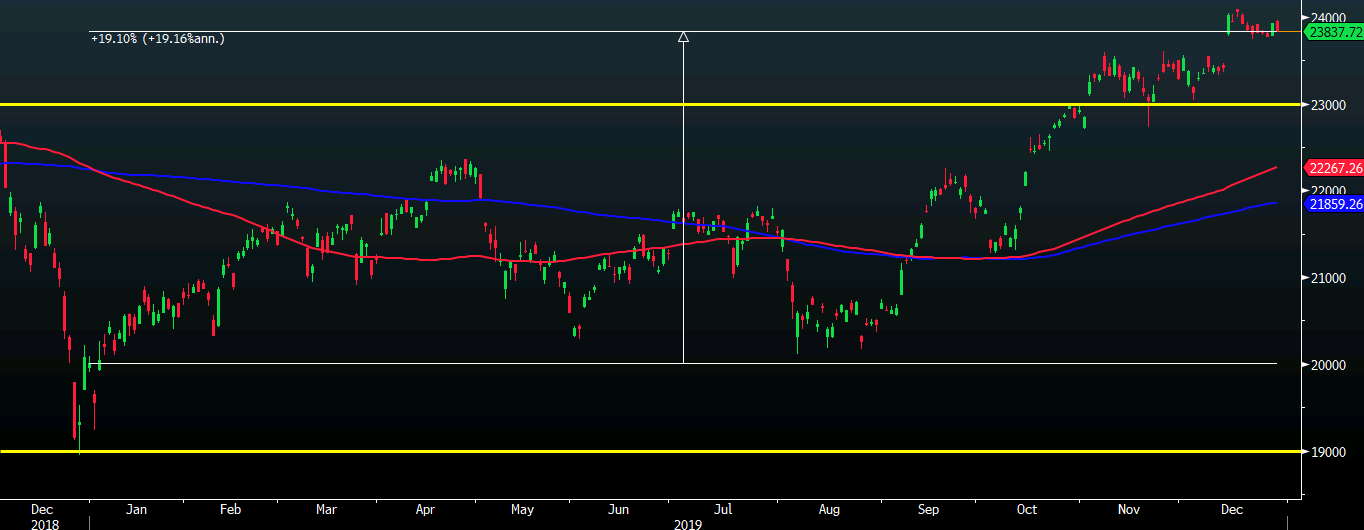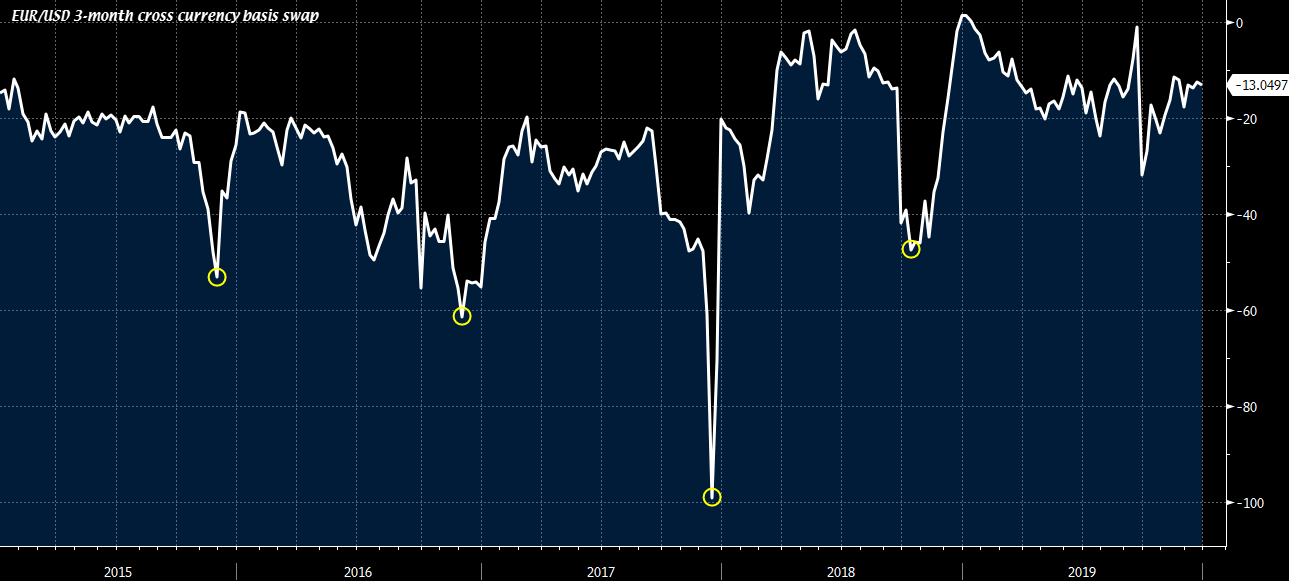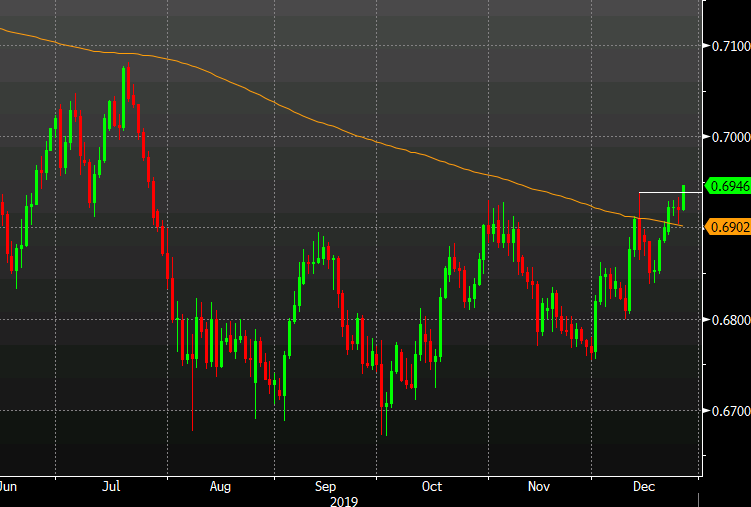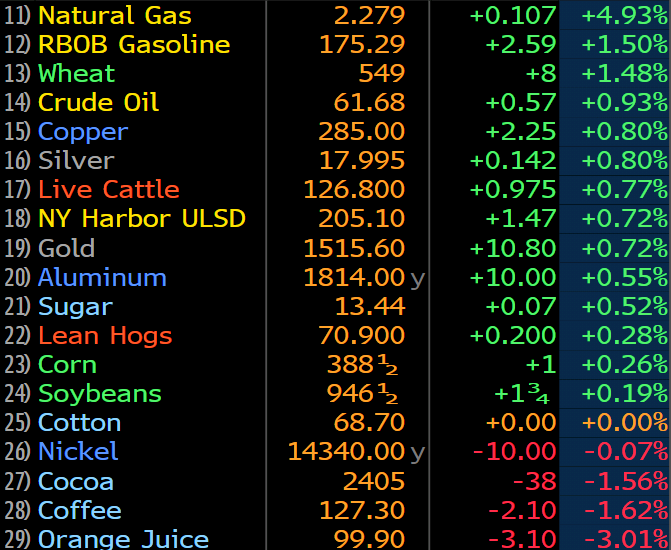USD/JPY was entirely unchanged


At the start of this year, one of the most popular calls in currency markets was for the Norwegian currency to climb. The country’s central bank was set for multiple rate rises, the economy was performing well and the krone was cheap. Bank of America Merrill Lynch analysts predicted that it would appreciate more than 7 per cent by December 2019.




Major currencies have been somewhat active since overnight trading with dollar weakness being a bit of theme and that is carrying over to today as well.

2330 GMT Tokyo inflation data for December – Tokyo area CPI (national level CPI for the month follows in three weeks). The y/y rate has received a wee boost from the October 1 sales tax hike. But not much.
Also at 2330 GMT Japan Jobless (Unemployment) rate for November
and Job to applicant ratio for November
2350 GMT Bank of Japan monetary policy meeting ‘Summary of Opinions’ of the December meeting
2350 GMT Japan Retail sales for November
expected 5.0% m/m, prior -14.2% (the huge drop was helped along by that sales tax hike I mentioned above)
2350 GMT Japan Industrial Production for November (preliminary)
0130 GMT China Industrial Profits for November % y/y


